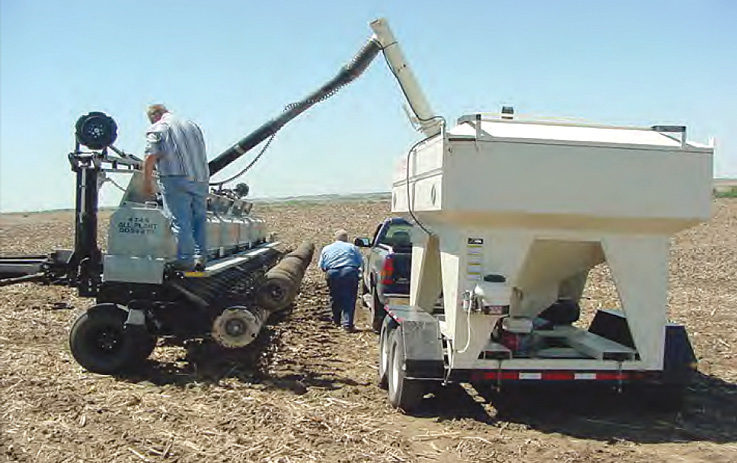No-Till Farmer
Get full access NOW to the most comprehensive, powerful and easy-to-use online resource for no-tillage practices. Just one good idea will pay for your subscription hundreds of times over.

One tip often shared by yield-contest winners is keeping no-till field conditions uniform, with even plant growth and competition for moisture and nutrients, says University of Nebraska Extension engineer Paul Jasa.
More no-tillers could boost yields if they adopted a similar “systems approach” as they think how each farm-management decision affects the next. Jasa shared some basic tenets of this approach during the 2011 National No-Tillage Conference in Cincinnati, Ohio.
Growers must decide whether their equipment lineup is compatible with their goal of successful no-tilling. Jasa discussed a field where cornstalks were leaning in two directions, created by a no-tiller with a six-row combine and a 12-row planter.
“So half the planter works great, but with the other half, every hose, wire, cable and chain is catching residue and you’re complaining about no-till,” Jasa says. “That’s not a no-till problem, that’s a harvest problem. You’ve got a planter twice as wide as your combine.
“If you harvest two passes the same direction, and two passes back in the same direction, then plant the direction the stalks are leaning, that problem goes away. Think how things all fit together.”
No-tillers shooting for a one-pass system must also make careful equipment decisions. If a no-tiller is using one 120-foot planter, what does the field crew do while the planter is in the field for a few hours planting?
“Maybe two 60-foot planters will help you and your tender crew get more done,” Jasa suggested. “If you have a breakdown…